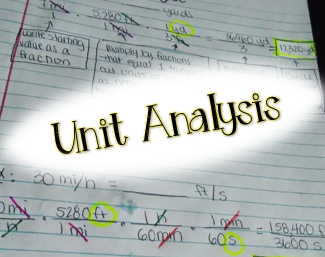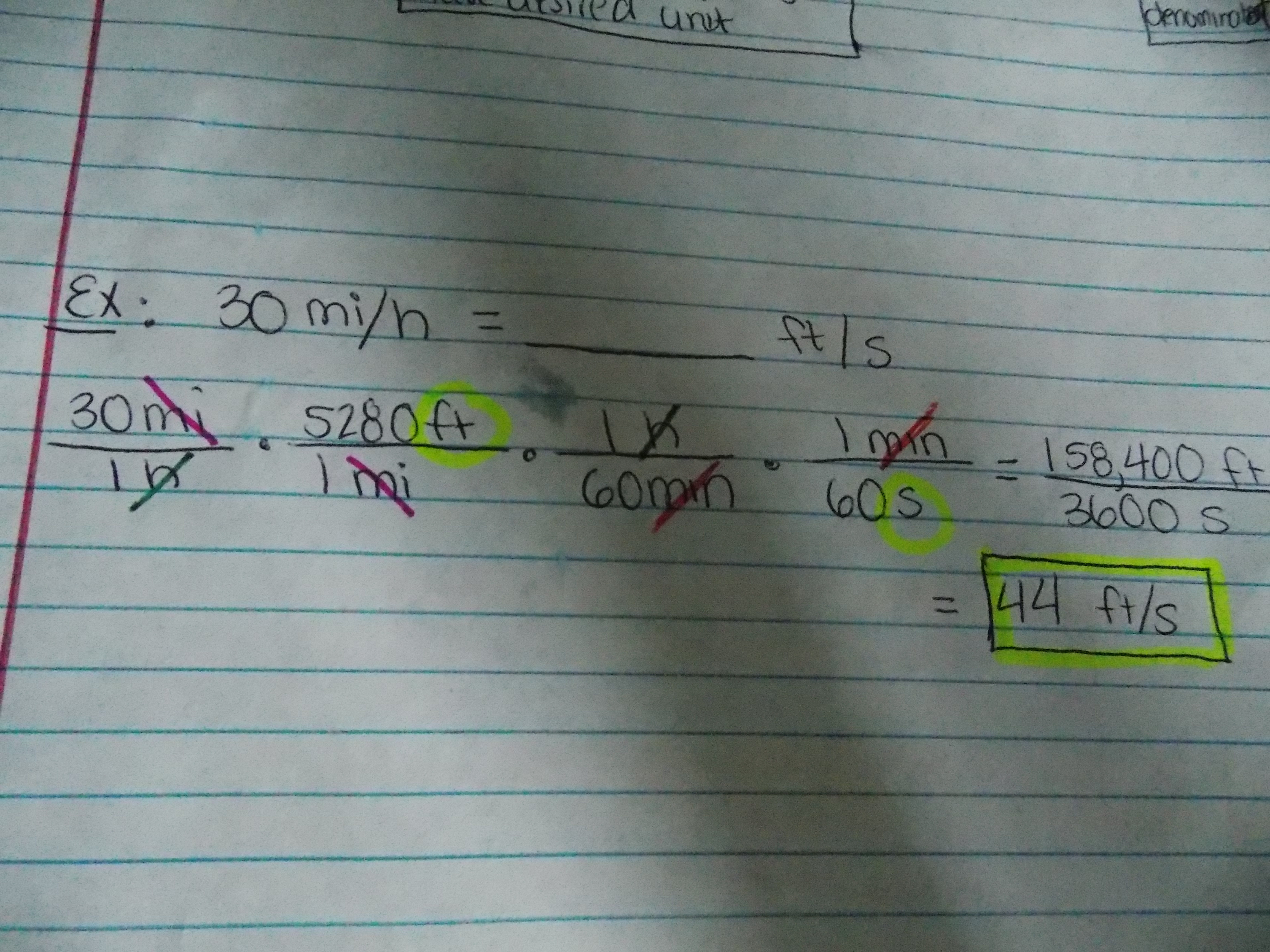After a long break (due to craziness in my personal life and some technical difficulties with the blog)…I’m happy to be back blogging!
I’m going to jump back into blogging with a post about Unit Analysis…
I hate teaching customary system conversions the traditional way! No matter how many times you explain to students that you multiply when converting from a larger unit to a smaller unit and divide when converting from a smaller unit to a larger one, there are always students who mix the two up. And then when teaching students to convert rates, it’s a whole new process…
So, I prefer to teach Customary conversions with unit (or dimensional) analysis.
Here are a few of the reasons why I love unit analysis:
- It’s ALWAYS multiplication (no need to figure out which operation to use)
- It reinforces fraction multiplication skills
- The same process can be used for converting rates (no need to learn a new skill)
- Students get it (and like it)!!
Here is an example of a simple unit analysis problem:
Convert 7 miles to yards. (This example is done with the assumption that students do not know that there are 1,760 yards in a mile; If they do know this, it is only a one-step unit analysis problem).
When I teach unit analysis I always have a discussion with the students on why it works. It sometimes takes some encouragement, but students are eventually able to come to the realization that each fraction (other than the starting one) equals one since the numerator and denominator are equivalent. Therefore, unit analysis ‘ works’ because they are just multiplying by 1 over and over again, which doesn’t change anything (as we know from the multiplicative identity property).
I typically start the lesson with a simple fraction multiplication problem to review cross-simplifying. That makes the transition to cancelling out the “yd” in the numerator with the “yd” in the denominator easy for the students.
I always tell them that they know they are done when the only word remaining is the one they are asked for.
When I give the students rate conversion problems the next day they are able to solve them using unit analysis, as well. It just sometimes takes some gentle reminding that every fraction should equal one (the numerator should equal the denominator) and then they are good to go, even for “hard” problems like the one below!
Thanks for reading,
Christina




